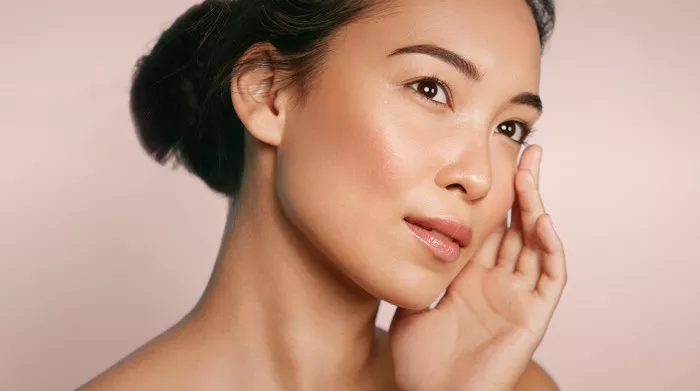Buccal fat pad reduction, also known as cheek reduction surgery or buccal lipectomy, is a cosmetic procedure aimed at reducing the volume of fat in the cheeks. This surgical technique targets the buccal fat pads, which are pockets of fat located in the lower cheeks. By removing excess fat from this area, patients can achieve a more sculpted and defined facial contour.
The Purpose of Buccal Fat Pad Reduction
Individuals may choose to undergo buccal fat pad reduction for various reasons, including:
Facial Contouring: Buccal fat pad reduction can help individuals achieve a more sculpted and angular facial appearance by reducing fullness in the cheeks.
Round Face Correction: Some individuals with naturally round or chubby faces may seek buccal fat pad reduction to create a slimmer and more proportionate facial profile.
Before and After Photos
Before and after photos serve as valuable visual aids for understanding the transformative effects of buccal fat pad reduction. These photos showcase the changes in facial appearance that can be achieved through the procedure, highlighting the enhanced definition and contouring of the cheeks. Patients considering buccal fat pad reduction can review these photos to gain insight into the potential outcomes and discuss their aesthetic goals with their plastic surgeon.
Recovery Process
Following buccal fat pad reduction surgery, patients can expect some degree of swelling, bruising, and discomfort in the treated area. The recovery process typically involves:
Swelling and Bruising: Swelling and bruising are common side effects of buccal fat pad reduction and may persist for several days to weeks following surgery. Patients can manage these symptoms with cold compresses and prescribed pain medications.
Dietary Restrictions: Patients may be advised to follow a soft or liquid diet for the first few days after surgery to minimize discomfort and promote healing.
Activity Restrictions: Patients should avoid strenuous activities and vigorous exercise for a period of time as directed by their surgeon to prevent complications and facilitate proper healing.
Follow-Up Appointments: Regular follow-up appointments with the plastic surgeon are essential to monitor healing progress, address any concerns, and remove sutures if necessary.
Risks and Benefits
Like any surgical procedure, buccal fat pad reduction carries both risks and benefits. Some potential risks and considerations include:
Anesthesia Risks: As with any surgical procedure, there are risks associated with anesthesia, including allergic reactions, respiratory complications, and adverse reactions to medications.
Scarring and Asymmetry: While efforts are made to minimize scarring and ensure symmetry, there is a risk of visible scarring or asymmetry following buccal fat pad reduction surgery.
Benefits: The benefits of buccal fat pad reduction include enhanced facial contouring, improved self-confidence, and long-lasting results when performed by a skilled and experienced plastic surgeon.
Conclusion
In conclusion, buccal fat pad reduction is a surgical procedure aimed at reducing the volume of fat in the cheeks to achieve a more sculpted and defined facial contour. By understanding the purpose of the procedure, reviewing before and after photos, and being aware of the recovery process, potential risks, and benefits, individuals can make informed decisions about undergoing buccal fat pad reduction to enhance their facial aesthetics and achieve their desired appearance.


